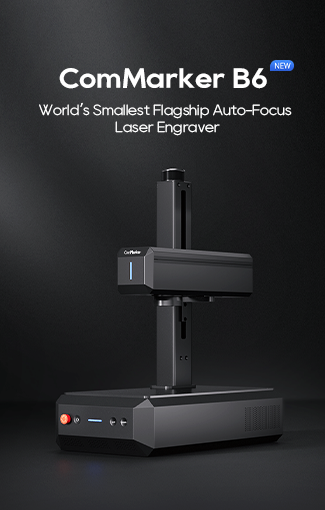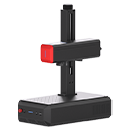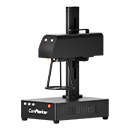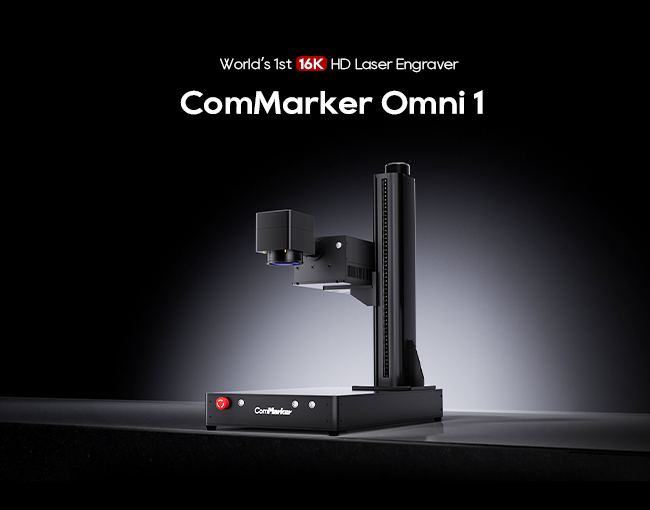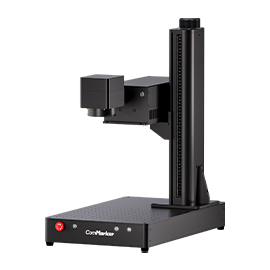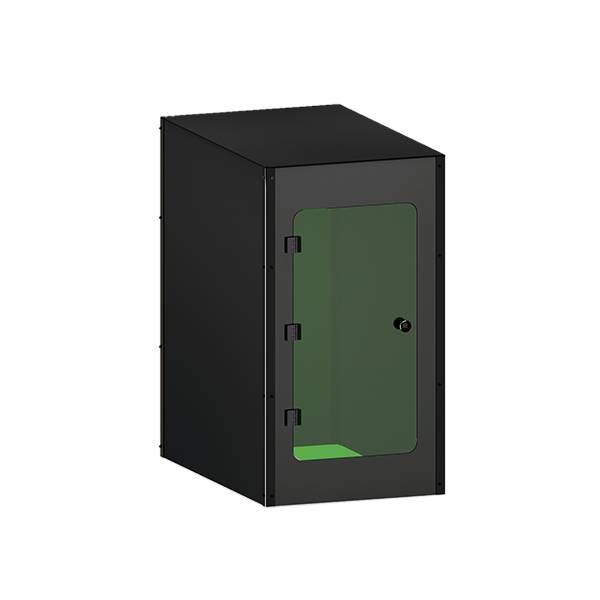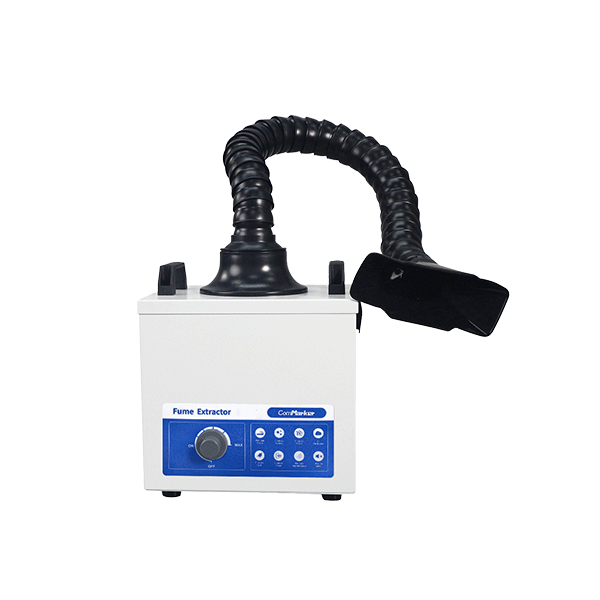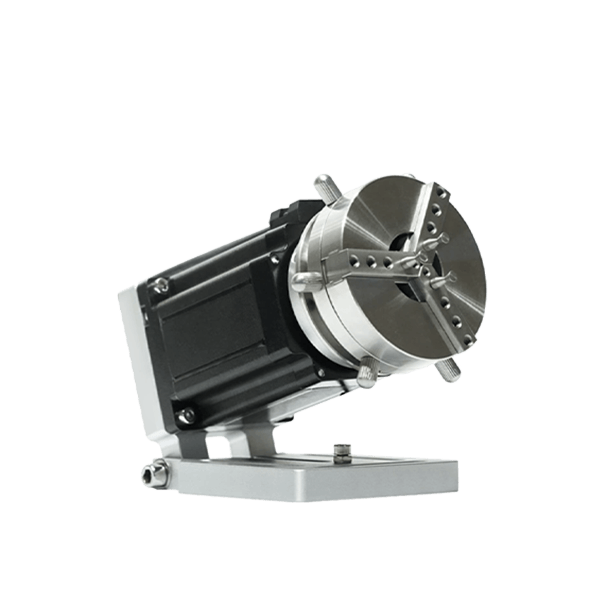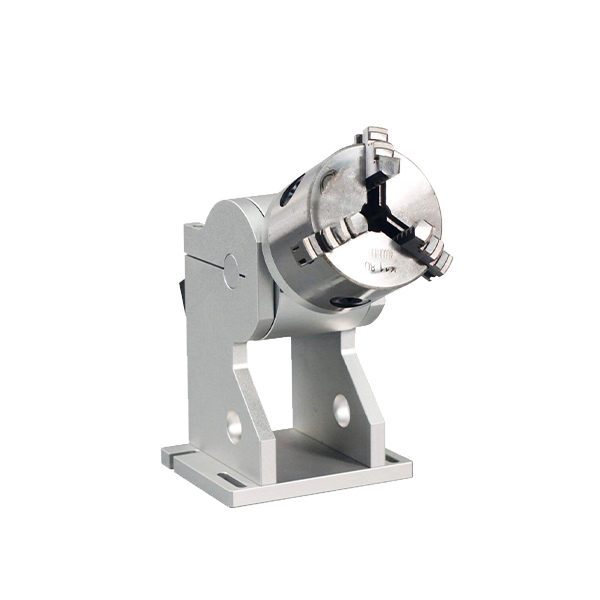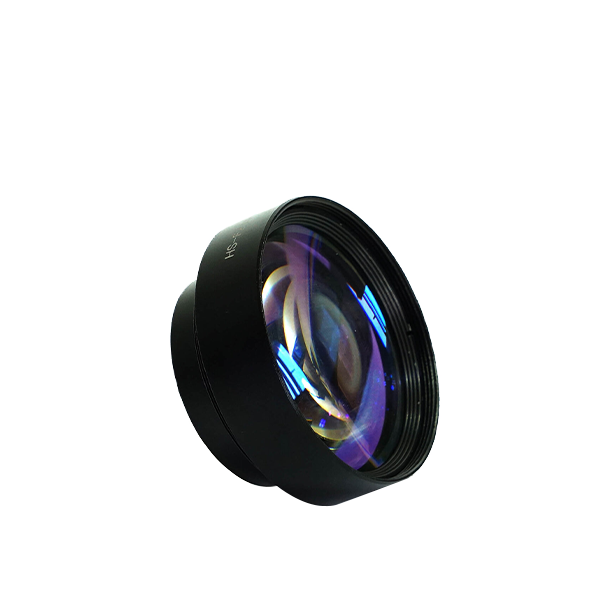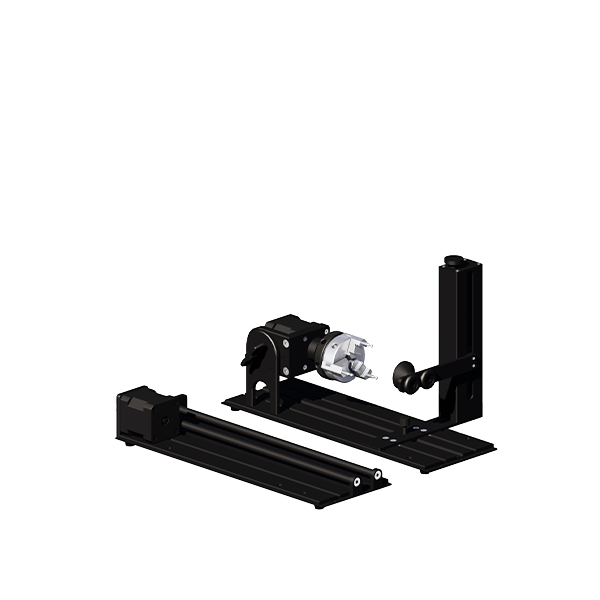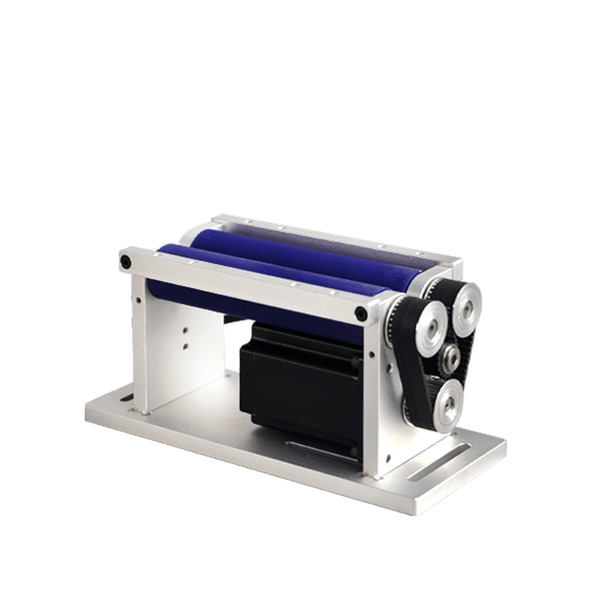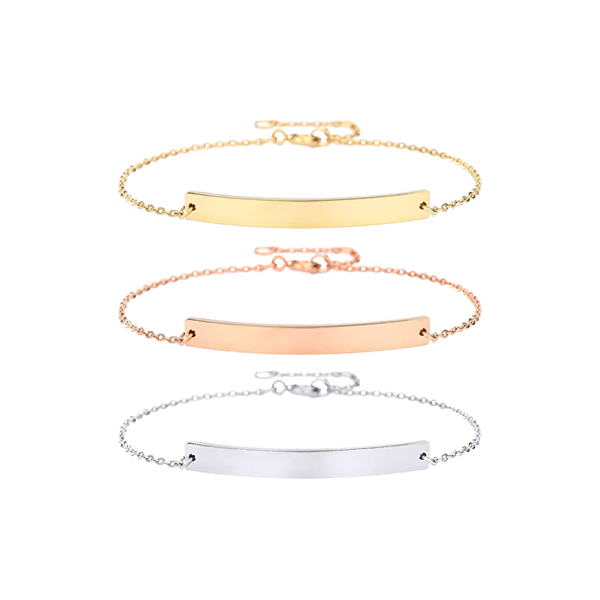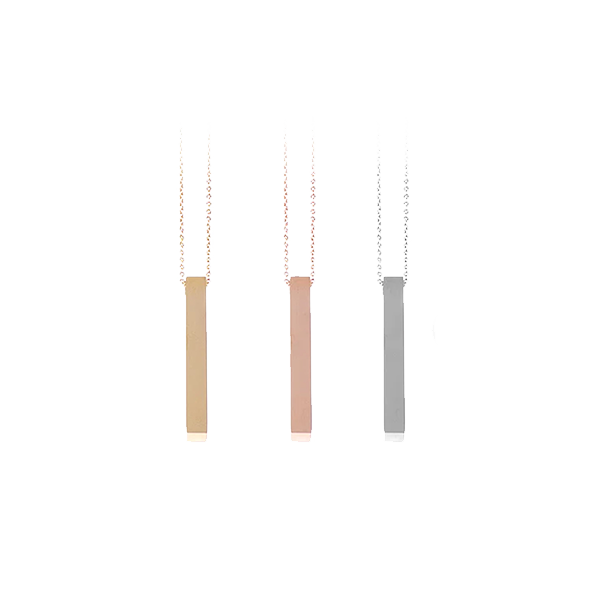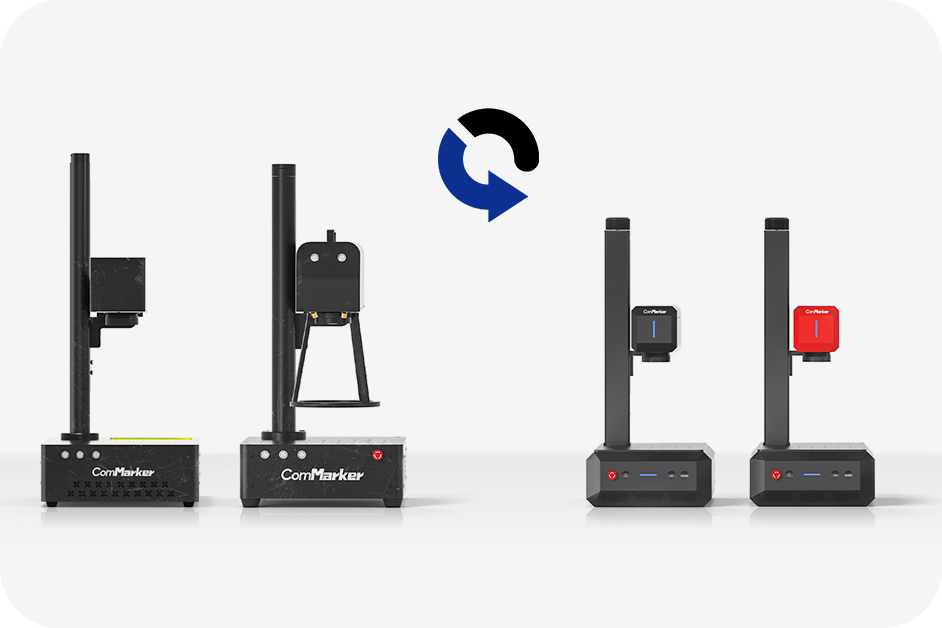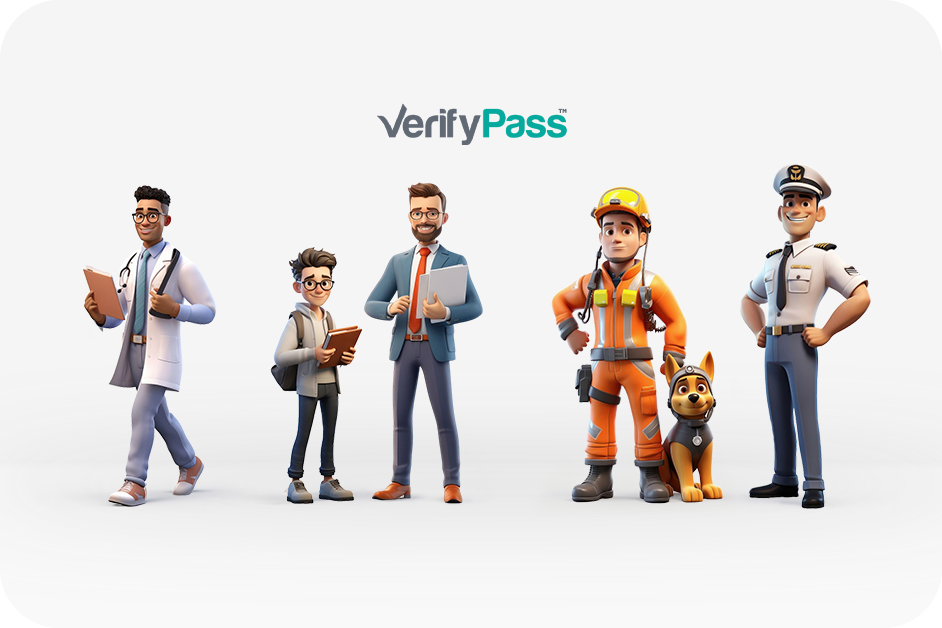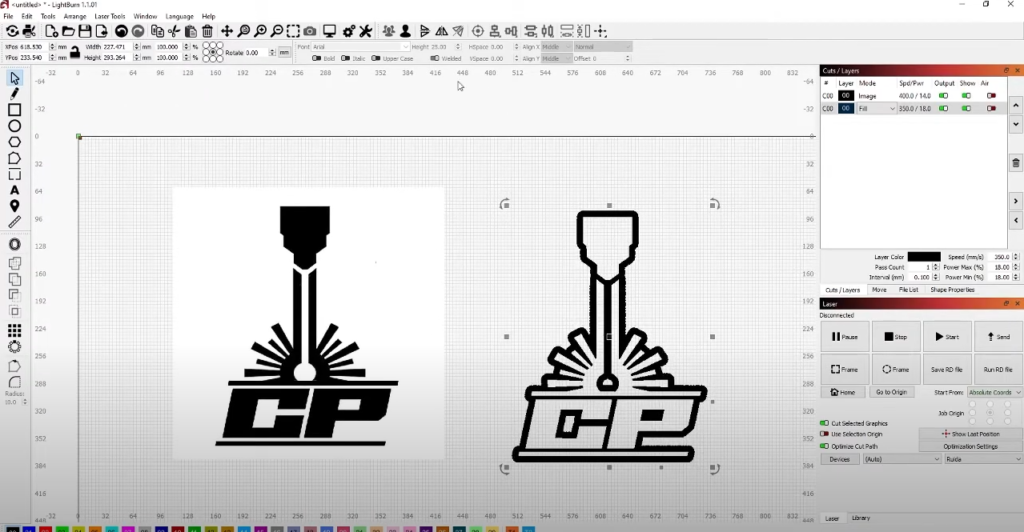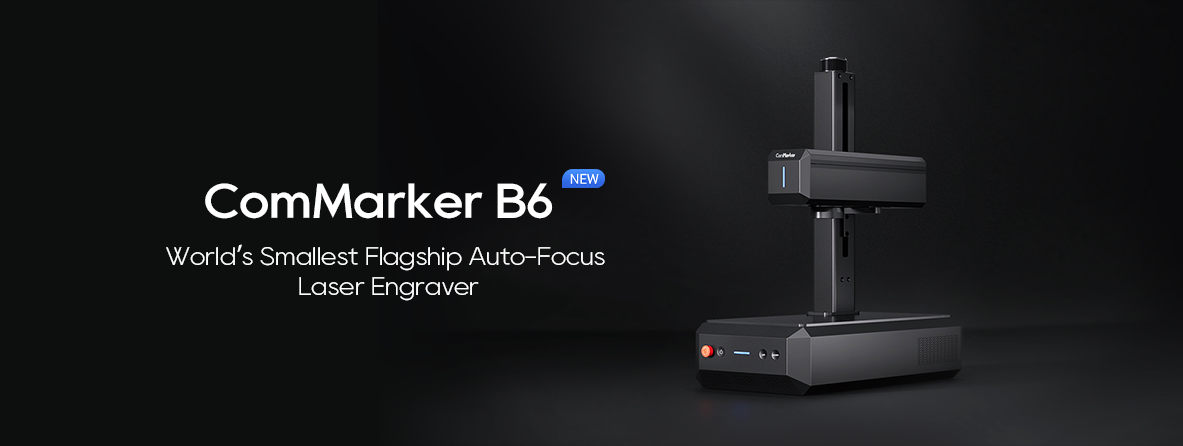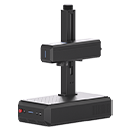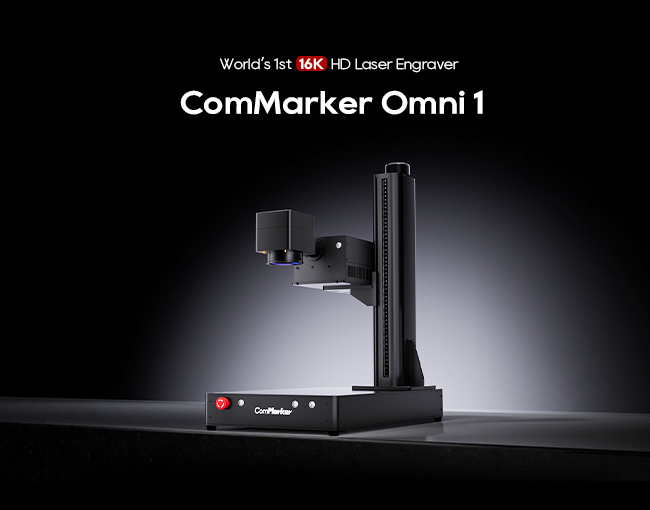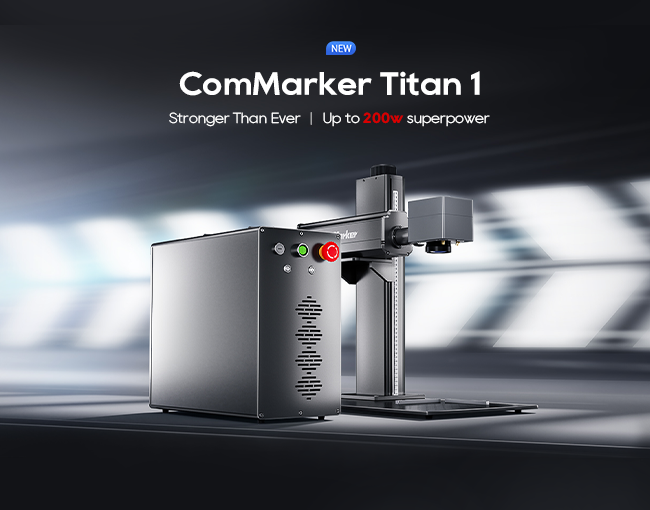Uyarıcı Bir Hikaye: Lazer Gravür Kazası
Bunu hayal et: Özel bir ahşap tabela için karmaşık bir tasarımı yeni tamamladınız, olmaya hazır lazer kazınmış. Ayarlarınızı dikkatlice yapıyorsunuz, son ürünü görmek heyecan verici. Ama lazer işini bitirdiğinde, bir şeylerin çok yanlış olduğunun farkındasın. Temizliğin yerine, beklediğiniz net gravür, tasarım ters çevrilmiş görünüyor; yükseltilmesi gereken şey girintili, ve girintili olması gereken şey yükseltilir. Karmaşık ayrıntılar karmaşa içinde kayboluyor, ve bir zamanlar gelecek vaat eden projen artık bir felaket gibi geliyor.
Eğer çalıştıysanız bu hikaye size çok tanıdık gelebilir. Lazer işleme, özellikle karmaşık derinlik tasarımlarıyla uğraşırken. Bunun gibi hatalar sandığınızdan daha yaygın, ve inanılmaz derecede sinir bozucu olabilirler, özellikle son teslim tarihine yaklaştığınızda veya pahalı malzemeler kullandığınızda.
Derinlik Tasarımını Tersine Çevirmek Neden Sık Karşılaşılan Bir Zorluktur?
Derinlik tasarımını tersine çevirmek yalnızca hataları düzeltmekle ilgili değildir; İstediğiniz kesin efekti elde etmek için lazer gravürün inceliklerini anlamakla ilgilidir. İster kişiselleştirilmiş hediyeler yapan bir hobici olun, ister detaylı gravürler yapan bir profesyonel olun, Bu tekniğe hakim olmak çok önemlidir.
Bu makalede, tüm süreç boyunca size rehberlik edeceğiz, Bu hataların neden oluştuğunu anlamaktan, derinlik tasarımının nasıl tersine çevrileceğine ilişkin adım adım talimatlara kadar. Sonunda, yalnızca bu hataları nasıl düzelteceğinizi değil, aynı zamanda ilk etapta onlardan nasıl kaçınacağınızı da bileceksiniz. Bu bilgi, lazer gravür projelerinizi bir sonraki seviyeye taşımanıza yardımcı olacaktır, her tasarımın tam olarak hayal ettiğiniz gibi çıkmasını sağlamak.
1. Lazer Gravürde Derinlik Tasarımını Anlamak
1.1 Lazer Gravür Temelleri
Lazer gravür, odaklanmış bir lazer ışınının tasarımlar oluşturmak için malzemeyi yüzeyden çıkardığı hassas bir işlemdir, desenler, veya metin. Lazer gravürdeki derinlik üç temel faktörün ayarlanmasıyla kontrol edilir: lazer gücü, hız, ve odaklan.
- Lazer Gücü: Daha yüksek güç malzemenin daha derinlerine yakar.
- Hız: Daha yavaş hız, lazerin daha derin kazıma yapmasını sağlar.
- Odak: Lazerin odak noktası keskinliği ve derinliği belirler.
Derinlik Tasarımı farklı gravür seviyelerinin planlanmasını içerir, sığ gravürlerden derin oymalara kadar değişebilir. Bu tasarım, kazınmış nihai ürünün nasıl görüneceğini belirler, ister basit bir monogram ister karmaşık bir 3D görüntü olsun.
1.2 Derinlik Tasarımıyla İlgili Yaygın Hatalar
Derinlemesine tasarımda hatalar sık görülüyor, özellikle yeni başlayanlar arasında. Yaygın bir hata şudur: kasıtsız derinlik değişimi, oyulmuş alanların ters çevrildiği yer. Örneğin, girintili olması gereken elemanlar yükseltilmiş görünebilir, tasarımın görsel akışını bozmak.
Bu geri dönüş şunlara yol açabilir::
- Detay Kaybı: İnce ayrıntılar kaybolabilir veya gizlenebilir.
- Tutarsız Dokular: Derinlikteki istenmeyen değişiklikler düzgün olmayan yüzeyler oluşturur.
- Niyetin Yanlış İletişimi: Nihai ürün tamamen farklı bir mesaj veya görsel çekicilik taşıyabilir.
Bu tuzakları anlamak, lazer gravürde ustalaşmak isteyen herkes için çok önemlidir., bunlardan kaçınmak nihai ürünün vizyonunuza uygun olmasını sağlar.
2. Derinlik Tasarımını Neden Tersine Çevirmeniz Gerekir??
2.1 Sanatsal ve Pratik Uygulamalar
Derinlik tasarımını tersine çevirmek hem sanatsal hem de pratik uygulamalarda güçlü bir araç olabilir. Örneğin, yaratmak kabartma efektleri Deri veya kağıt gibi malzemeler üzerinde ters derinlik tasarımı gerekir, arka planın kazındığı yer, tasarımı yükseltilmiş halde bırakmak. Bu teknik aynı zamanda yapımında da kullanılır. pullar Bir izlenim yaratmak için tasarımın arka planın üzerine yükseltilmesi gereken yerler.
Pratik uygulamalarda, derinlik tasarımını tersine çevirmek üretim için esastır kalıplar veya dokulu yüzeyler. Negatif alanı kazıyarak, Malzemelerin dökümü veya preslenmesi için kalıplar oluşturulabilir, tasarımların hassas şekilde kopyalanmasına olanak tanır. Bu yöntem kuyumculuk gibi sektörlerde yaygın olarak kullanılmaktadır., karmaşık tasarımların tekrar tekrar çoğaltılmasının gerektiği yerlerde.
2.2 Hatalar ve Düzeltmeler
Derinlemesine tasarımdaki hatalar genellikle ilk kurulumdaki dikkatsizlik veya yanlış karar nedeniyle ortaya çıkar. Örneğin, metni yükseltmeyi amaçlayan bir tasarım yanlışlıkla girintili olarak kazınmış olabilir, amaçlanan görünümü tamamen değiştirmek. Bu gibi durumlarda, derinliği tersine çevirmek, yazılımdaki tasarımı çevirerek ve malzemeyi yeniden kazıyarak projeyi kurtarabilir.
Gerçek dünyadan örnekler Başarılı geri dönüşlerin arasında ilk tasarımın beklendiği gibi sonuçlanmadığı projeler yer alıyor, yanlış derinlik ayarı nedeniyle netliğini kaybeden logo gibi. Derinliği tersine çevirerek, tasarım yeniden kazındı, netliğin yeniden sağlanması ve projenin başarıya ulaşması. Bu teknik sayısız projeyi hurdaya çıkmaktan kurtardı, hem yaratıcı hem de ticari lazer gravür çabalarında değerini kanıtlıyor.
3. Derinlik Tasarımını Tersine Çevirmek İçin Adım Adım Kılavuz
3.1 Tasarım Yazılımını Kullanma
Derinlik tasarımını tersine çevirmek için, popüler ile başla lazer gravür yazılımı beğenmek Hafif Yanık veya EzCad. Her program renkleri tersine çevirmek için araçlar sunar, derinliği tersine çevirmek için gerekli. Örneğin, içinde EzCad, tasarımı seç, gitmek “Düzenlemek” > “Renkleri Düzenle” > “Renkleri Ters Çevir.” Bu ayar derinliği tersine çevirir, girintili alanların artık yükseltilmesi.
3.2 Manuel Teknikler
Uygulamalı bir yaklaşım için, manuel olarak ayarlayın gri tonlamalı değerler veya tasarım yazılımınızdaki katmanlar. Bu tonları değiştirerek, Gravürün derinliğini siz kontrol edersiniz. Daha koyu tonlar daha derin gravürle sonuçlanır, yani bu gölgeleri tersine çevirerek, tasarımın derinliğini etkili bir şekilde tersine çevirirsiniz.
3.3 Lazer Ayarlarının Yapılması
Yazılımdaki tasarımı tersine çevirdikten sonra, ince ayar yapın lazer gravür ayarlar. Ayarlamak güç (daha derin gravür için daha yüksek güç), hız (daha derin gravür için daha yavaş hız), Ve odak en iyi sonuçlar için. Her zaman test edin hurda malzeme Son gravüre geçmeden önce ayarların istenen ters derinlik efektini üretmesini sağlamak için ilk olarak.
4. Gelişmiş Teknikler ve Hususlar
4.1 Katmanlama Teknikleri
Katmanlarla Derinlik Yaratmak:
Lazer gravürde en güçlü tekniklerden biri, lazer kullanımıdır. çoklu katmanlar tasarım yazılımınız dahilinde. Çeşitli katmanlara farklı derinlikler atayarak, işlenmesi kolay karmaşık tasarımlar oluşturabilirsiniz, derinliği tersine çevirmeniz gerekse bile.
Adım Adım Katmanlama Süreci:
- Ayrı Katmanlar Oluşturun: Tasarımınızın her bölümü için farklı katmanlar oluşturarak başlayın. Her katman farklı bir derinlik seviyesini temsil edebilir.
- Derinlikleri Ata: Yazılımın araçlarını kullanma, her katmana belirli gri tonlama değerleri atayın. Koyu katmanlar daha derin kazınacak.
- Kolayca Geri Dönün: Tasarımı tersine çevirmeniz gerekiyorsa, her katmanın gri tonlamalı değerlerini basitçe tersine çevirin. Bu, tasarımın tamamını yeniden yapmadan kusursuz ayarlama yapılmasına olanak tanır.
Durum çalışmaları:
içeren bir proje düşünün. üç boyutlu harita gravürü. Haritanın dış hatlarını katmanlandırarak, her biri farklı bir yüksekliği temsil ediyor, girintili efekt yerine kabartma efekti oluşturmak için derinlikleri tersine çevirebilirsiniz. Bu yaklaşım yalnızca etkili olmakla kalmaz, aynı zamanda tasarımın genel görsel etkisini de artırır..
4.2 Derinliği Tersine Çevirmenin Diğer Efektlerle Birleştirilmesi
Renk Taklidi ve Degrade Dolgular:
Derinliğin tersine çevrilmesi aşağıdaki gibi efektlerle birleştirilebilir titrek veya degrade dolgular görsel olarak çarpıcı tasarımlar yaratmak. Titreme, örneğin, doku ekleyebilir, ters derinliğin daha doğal ve ayrıntılı görünmesini sağlamak.
Dokular Oluşturma:
Degrade dolgular, bir yumuşak geçiş farklı derinlikler arasında, gibi tasarımları tersine çevirirken özellikle kullanışlıdır. topografik haritalar veya sanatsal gravürler. Bu etkileri dikkatli bir şekilde işleyerek, projenize ek bir karmaşıklık ve ilgi katmanı ekleyebilirsiniz.
Pratik Örnekler:
Bir oluşturmayı hayal edin lazerle kazınmış portre. Derinliği tersine çevirmeyi degrade dolgularla birleştirerek, konunun arka plandan ortaya çıktığı bir parça üretebilirsiniz. Bu sadece derinlik kazandırmakla kalmaz, aynı zamanda gravürün daha gerçekçi olmasını sağlar.
4.3 Yaygın Sorunları Giderme
Düzensiz Gravür:
Derinlik tasarımlarını tersine çevirirken sık karşılaşılan bir sorun düzensiz gravür. Bu, tutarsız lazer gücü veya hızından kaynaklanabilir.. Bununla mücadele etmek için:
- Lazer ayarlarınızı kontrol edin: Güç ve hızın tüm tasarım boyunca aynı olduğundan emin olun.
- Tutarlı malzemeler kullanın: Malzeme kalınlığındaki veya bileşimindeki farklılıklar eşit olmayan gravürlere yol açabilir.
Detay Kaybı:
Detay kaybı ortaya çıkabilecek başka bir sorundur, özellikle karmaşık tasarımlarda. Bunu hafifletmek için:
- Çözünürlüğü artırın: Yazılımınızdaki daha yüksek çözünürlük ayarları ince ayrıntıları koruyabilir.
- Tasarımınızı optimize edin: Aşırı karmaşık alanları basitleştirin veya bu bölgelerdeki derinliği azaltın.
Malzeme Tükenmişliği:
Malzeme tükenmişliği lazer malzeme için çok güçlü olduğunda ortaya çıkar, istenmeyen kömürleşmeye veya yanmaya yol açar. Bunu önlemek için:
- Lazer gücünü ayarlayın: Hassas malzemelerle çalışırken lazerin güç ayarlarını düşürün.
- Artıklar üzerinde test yapın: Nihai ürünü gravürlemeden önce ayarları daima hurda bir malzeme parçası üzerinde test edin.
Gerçek Dünyada Sorun Giderme:
Örneğin, içeren bir proje hassas kağıt gravürü Başlangıçta maddi tükenmişlik yaşayabilirsiniz. Lazer gücünü ayarlayarak ve testleri çalıştırarak, malzemeye zarar vermeden istediğiniz derinliğe ulaşabilirsiniz.
5. Vaka Çalışmaları ve Örnekler
Derinliğin Tersine Çevrilmesiyle İlgili Örnek Olaylar:
- Özel Damga Oluşturma:
Derinliği tersine çevirmeyi kullanarak özel damgalar oluşturmaya ilişkin ayrıntılı bir inceleme. Tekniğin keskinliğe nasıl izin verdiğini tartışın, Mürekkepleme için mükemmel olan yükseltilmiş harfler.- Adım Adım Süreç:
- EzCad'de derinliğin tersine çevrilmesi ve ayarlanması.
- Kauçuk malzeme üzerinde test etme ve son gravür.
- Görsel Yardımcılar:
Yapılan derinlik ters çevirme farkını gösteren önceki ve sonraki görüntüleri ekleyin. - Dekoratif Ahşap Paneller:
oluşturmak için derinliği tersine çevirmenin kullanıldığı bir projeyi keşfedin ahşap panellerde karmaşık tasarımlar ev dekorasyonu için.- Tasarım Karmaşıklığı:
Katmanlama ve derinliği tersine çevirmenin damarlı ahşaptaki karmaşık ayrıntıları nasıl ortaya çıkardığını tartışın, Nihai ürünü geliştirmek. - Malzeme Taşıma:
Doğru ahşap türünü seçme ve derinlik ayarlarının gravür kalitesini nasıl etkilediğine dair bilgiler sunun.
- Tasarım Karmaşıklığı:
Hatalardan Öğrenmek:
- Gerçek Hayattan Örnek:
Bir hobicinin gravür yapma girişimi akrilik üzerine çok katmanlı tasarım yanlış derinlik ayarı nedeniyle başlangıçta başarısız olan.- Çözüm:
Tasarım katmanlarını tersine çevirmek ve lazer ayarlarını yapmak projeyi kurtardı, çarpıcı bir sonuçla sonuçlanan, net gravür.
- Çözüm:
6. Kullanıcı SSS'leri
1. Tasarımlarımda kasıtsız derinlik değişimini nasıl önleyebilirim??
- Cevap: Lightburn veya EzCad gibi yazılımlarda tasarımınızı iki kez kontrol ederek başlayın. Şunu kullanın: “Renkleri Ters Çevir” gravürden önce tasarımın ön izlemesini yapma ve derinliğin doğru olduğundan emin olma işlevi.
2. Derinlik tasarımlarını tersine çevirirken en çok hangi malzemeler zorlanır??
- Cevap: Akrilik ve ince ahşap gibi malzemeler, lazer gücüne ve hızına karşı hassasiyetleri nedeniyle yanıltıcı olabilir.. Ayarları hassas bir şekilde yapmak ve hurda parçalar üzerinde test yapmak çok önemlidir.
3. Gri tonlamalı görüntülerde derinliği tersine çevirmek için herhangi bir ipucu var mı??
- Cevap: Evet, Tasarım yazılımınızdaki gri tonlama düzeylerini, koyu gölgelerin daha az derin olmasını sağlayacak şekilde ayarlayın, derinliği etkili bir şekilde tersine çevirmek. Sonlandırmadan önce daima benzer malzeme üzerinde test yapın.
4. Gravür başladıktan sonra bir tasarımı düzeltmenin en iyi yolu nedir??
- Cevap: Hatayı erken yakalarsanız, gravürü duraklatın ve yazılımınızda tasarımı değiştirin. Gravür tamamlanmışsa, Hatayı kapatmak için yeni bir katman veya tasarım öğesi oluşturmayı düşünün veya ters derinliğe odaklanarak tasarımı yeniden çalışın.
5. Farklı malzemelerde tutarlı derinliği nasıl sağlayabilirim??
- Cevap: Tutarlılık, her malzemenin lazer ayarlarına tepkisinin anlaşılmasından gelir. Çeşitli malzemeler için kullanılan ayarların kaydını tutun ve kalınlığa göre buna göre ayarlama yapın, yoğunluk, ve malzemenin lazere tepkisi.
6. Zaten kazınmış bir parçanın derinliğini tersine çevirebilir miyim??
- Cevap: Zaten kazınmış bir parçada derinliği tersine çevirmek zordur, ancak yeni bir etki yaratmak için mevcut gravürün üzerine yeni bir tasarım katmanı eklemeyi deneyebilirsiniz. Fakat, bu orijinal hatayı tam olarak düzeltmeyebilir.




